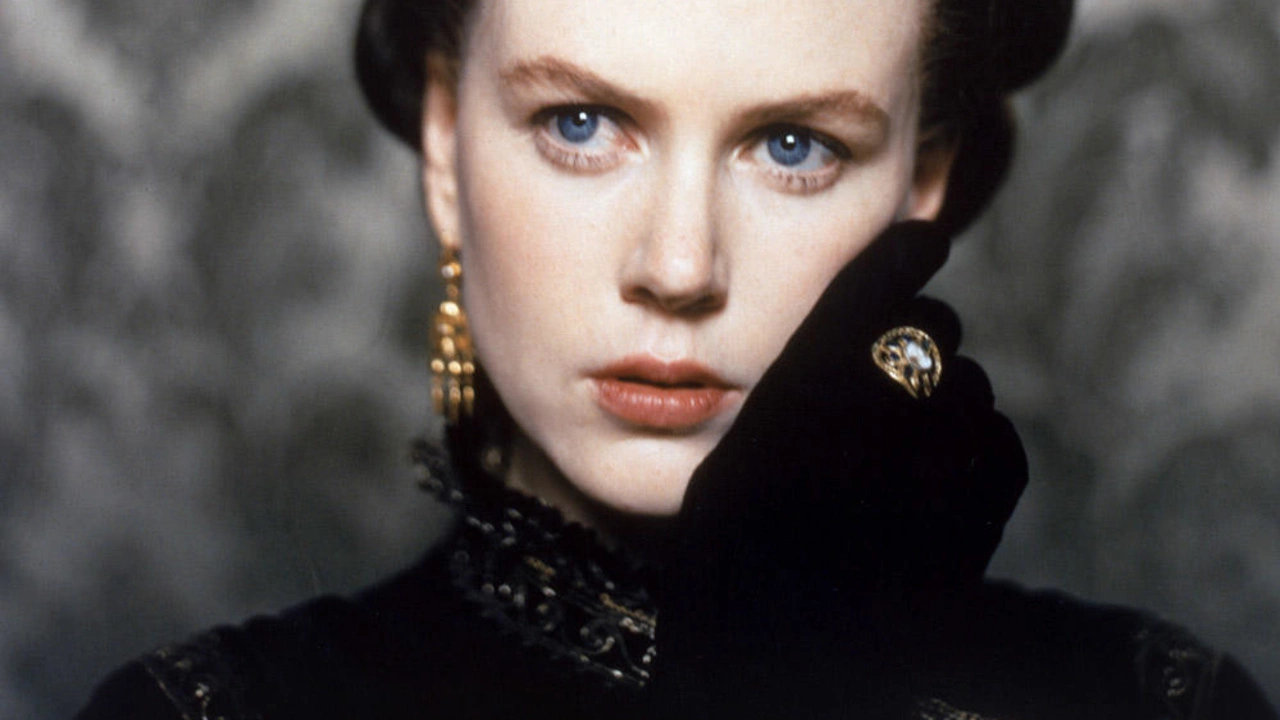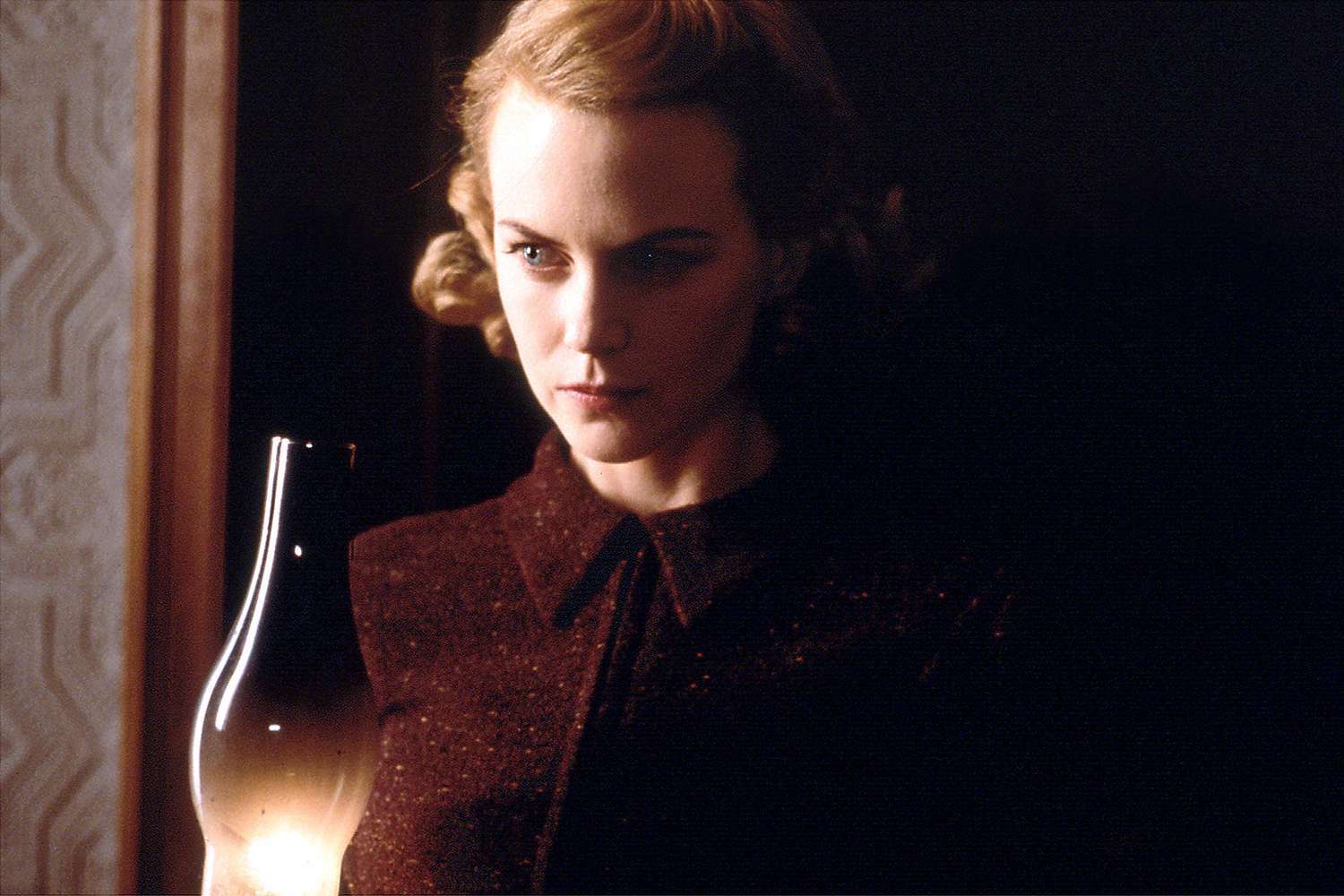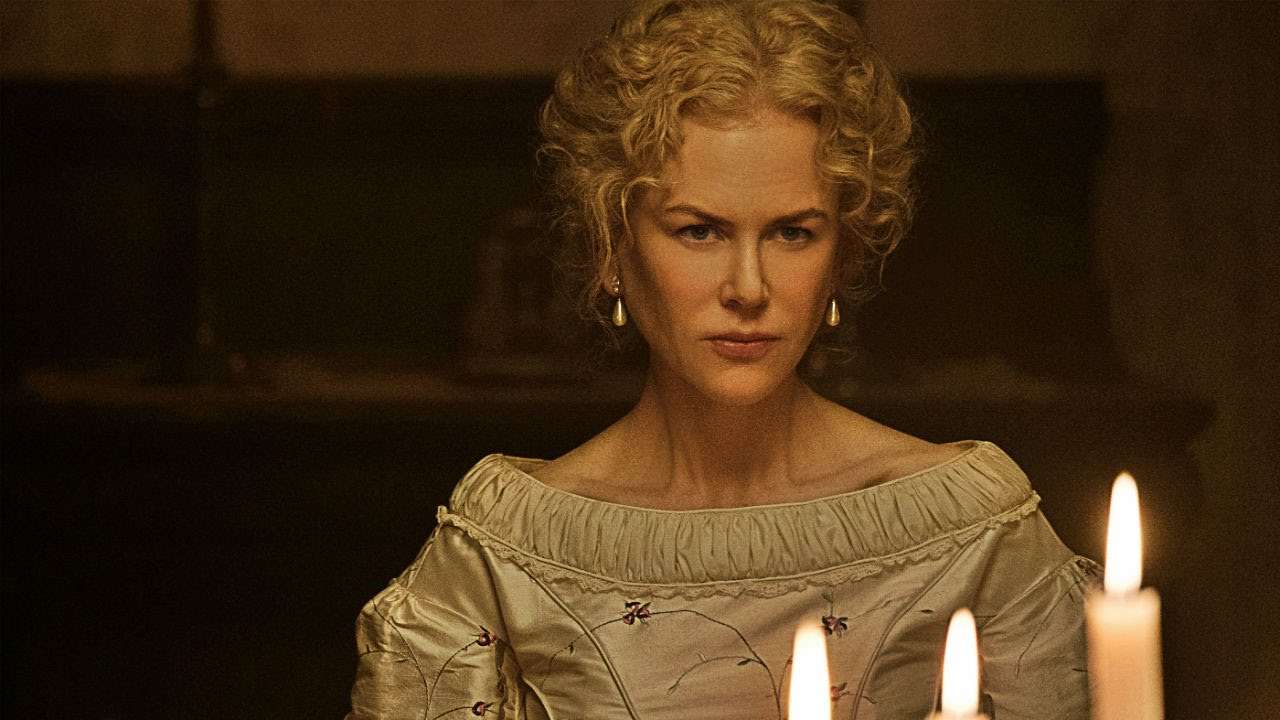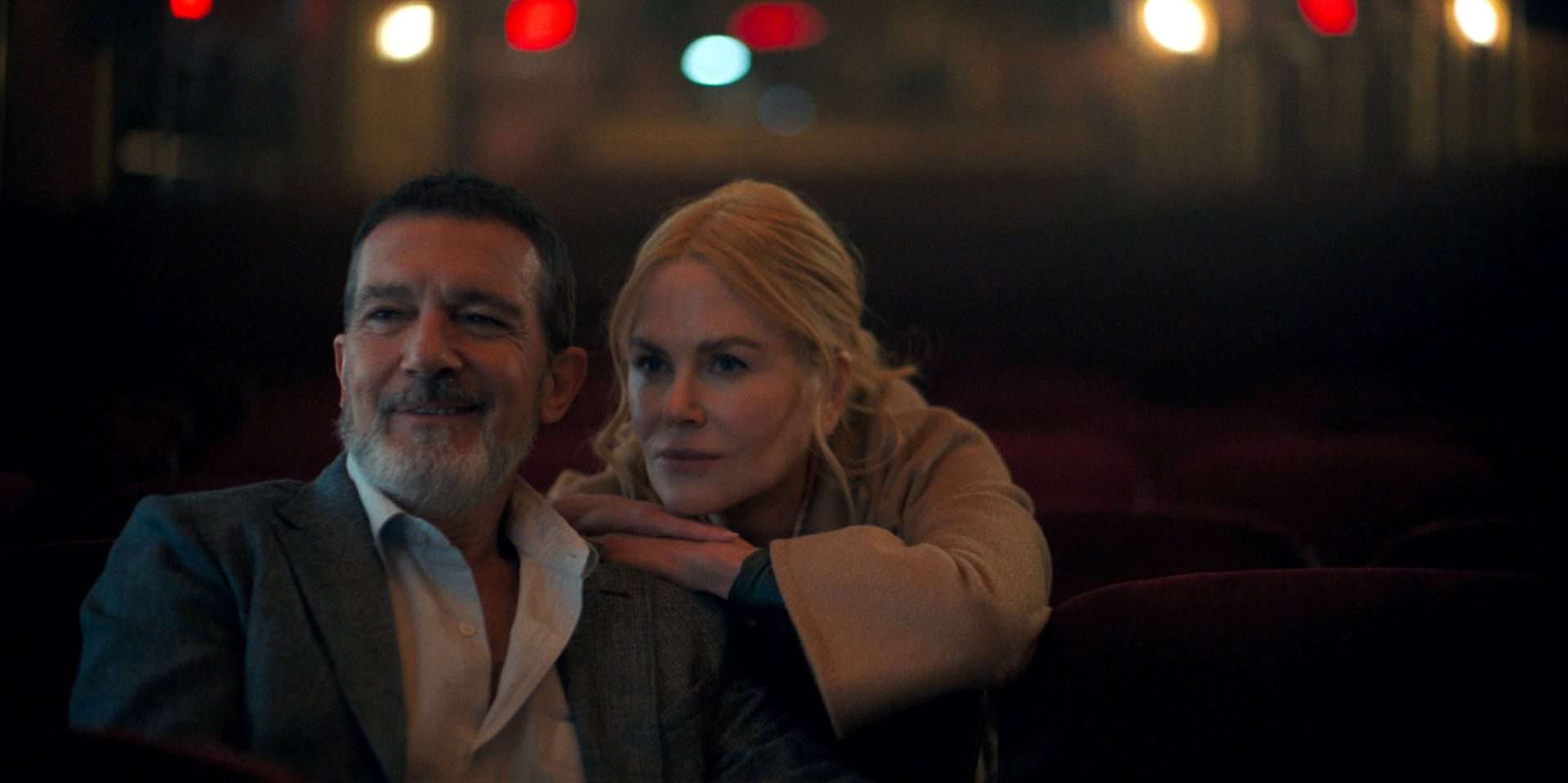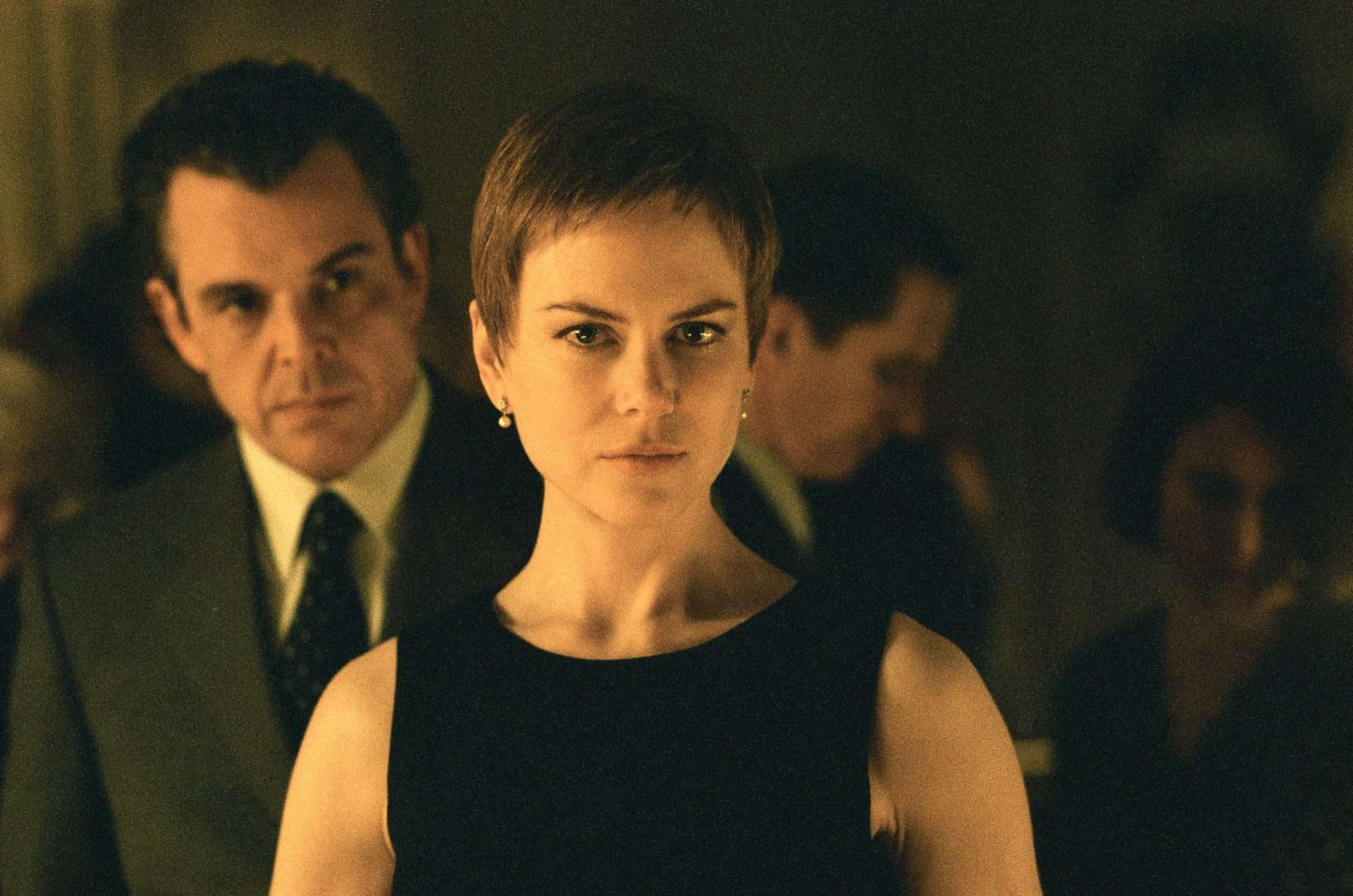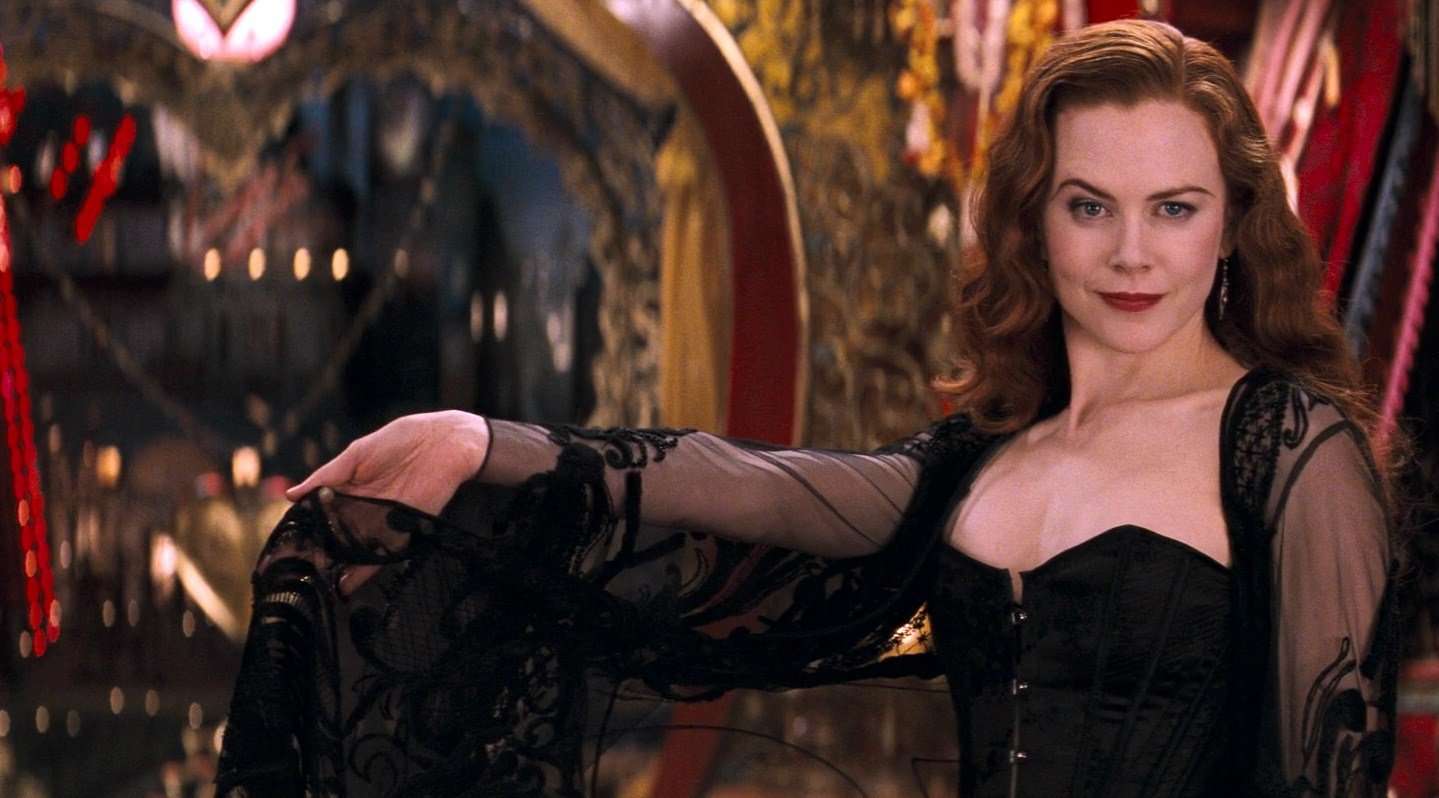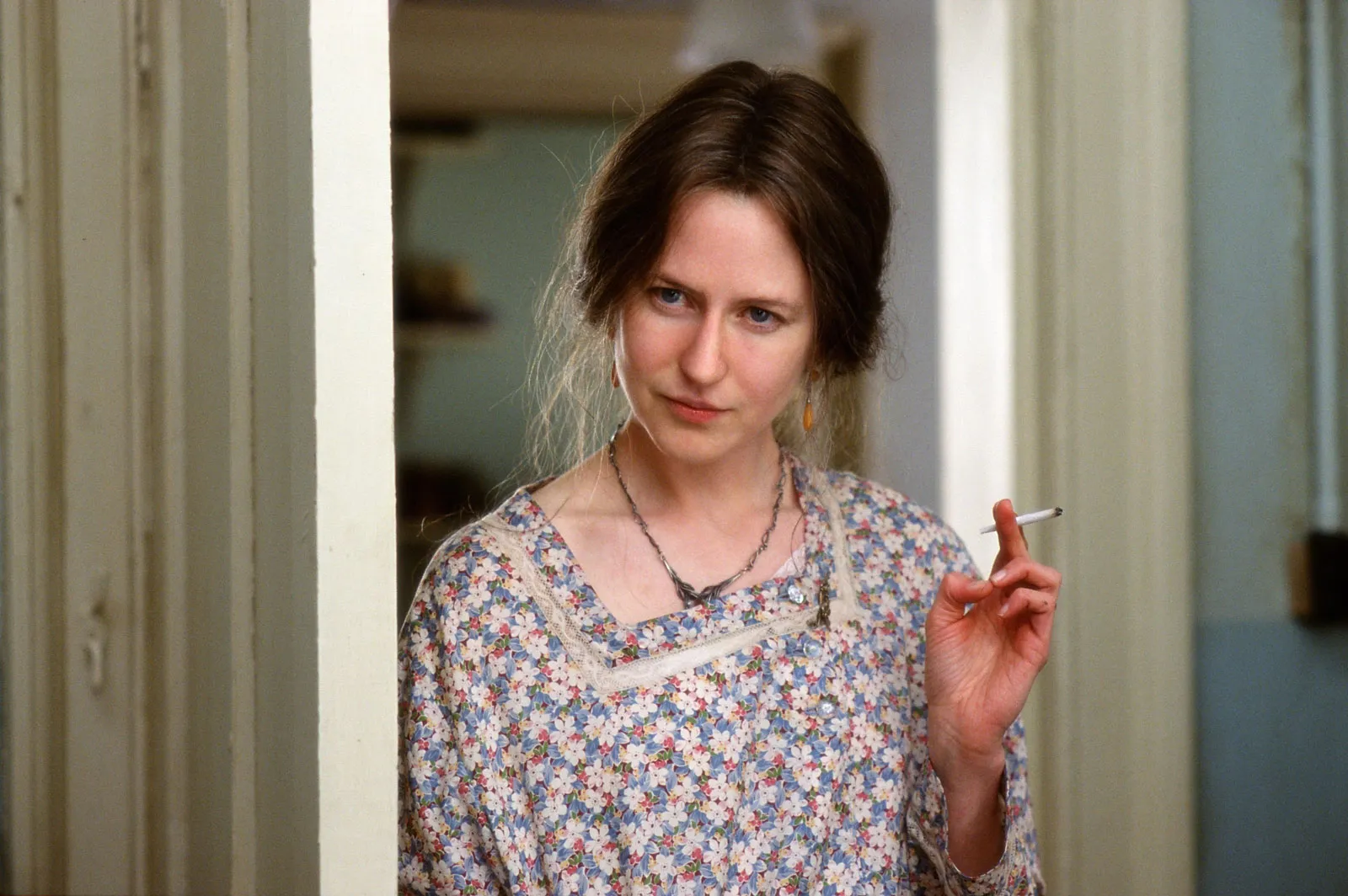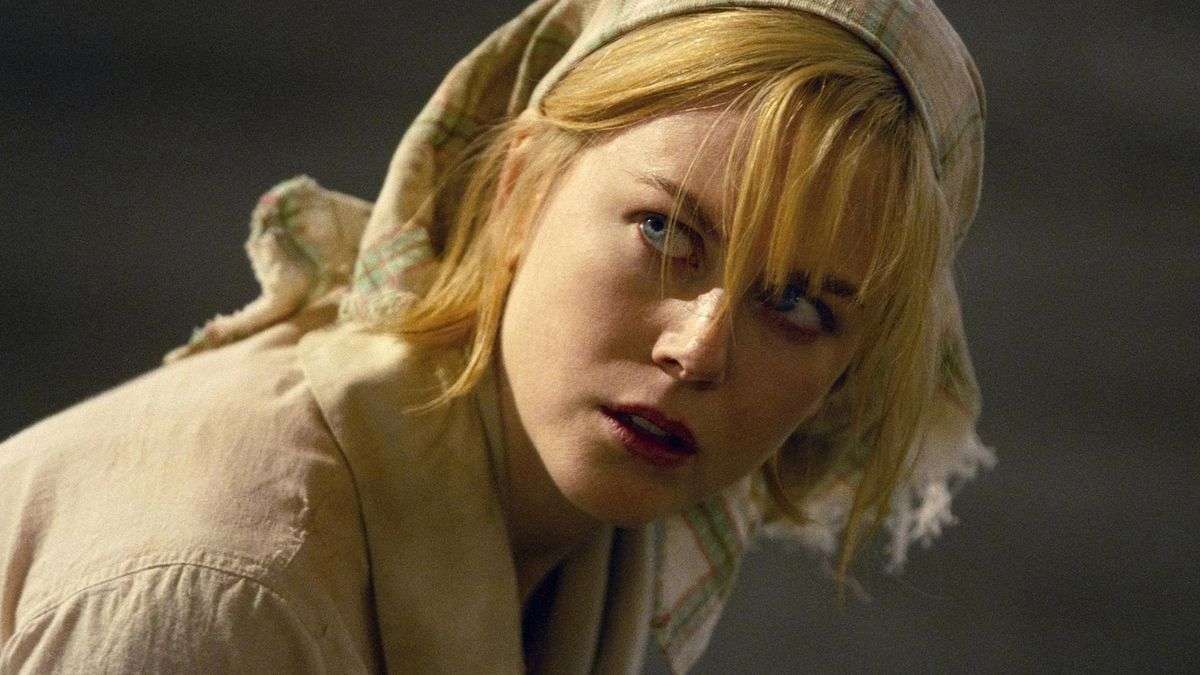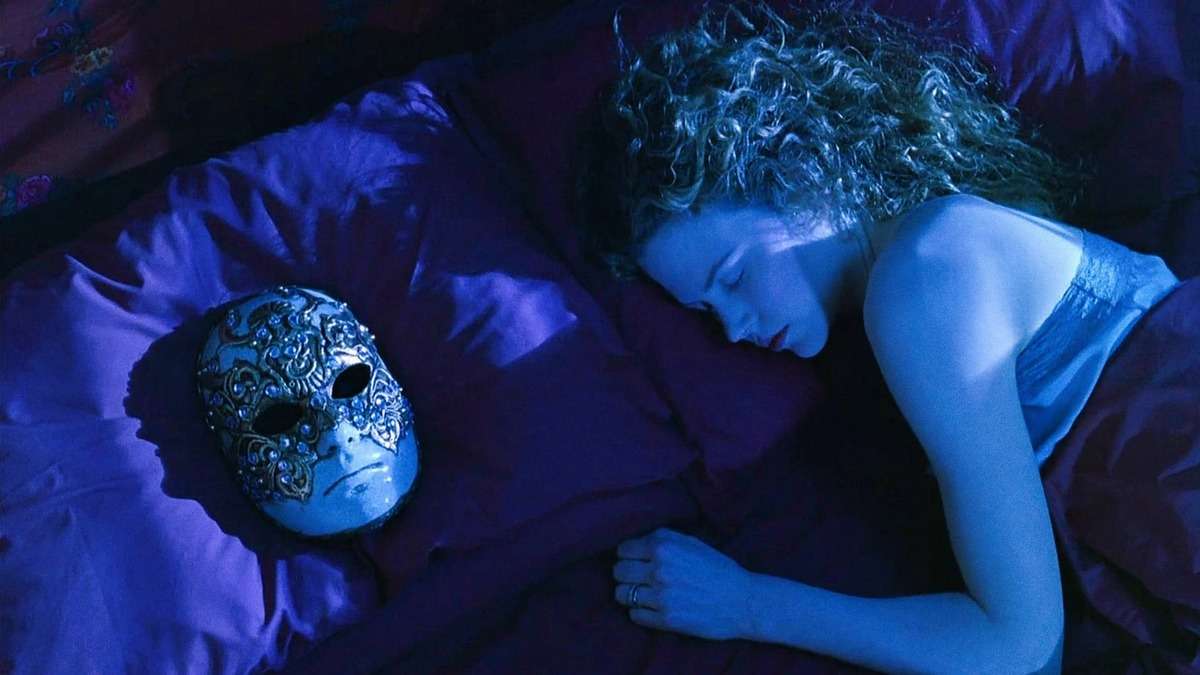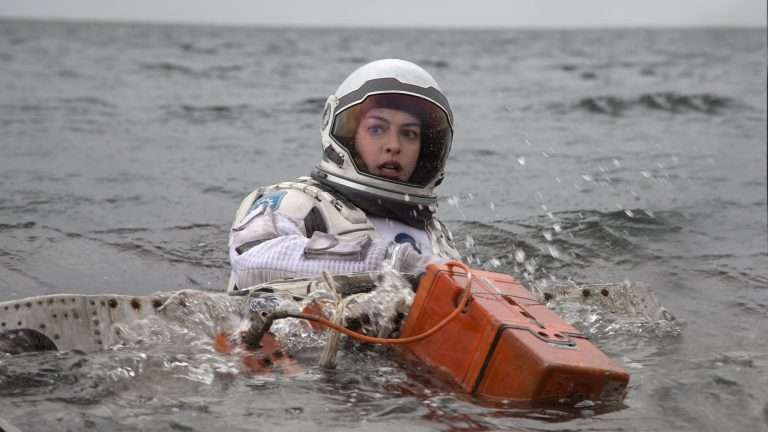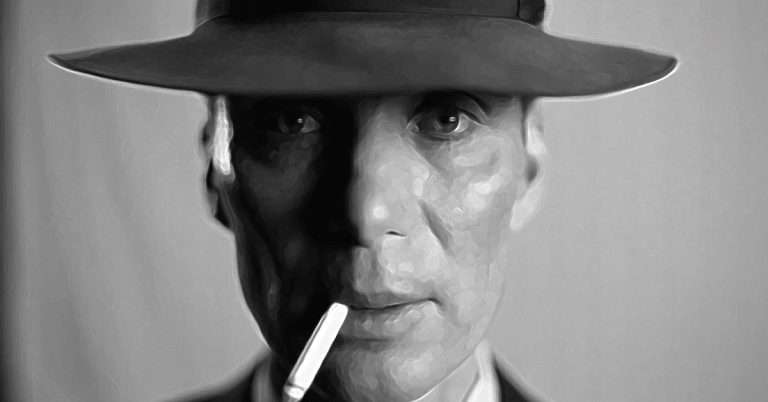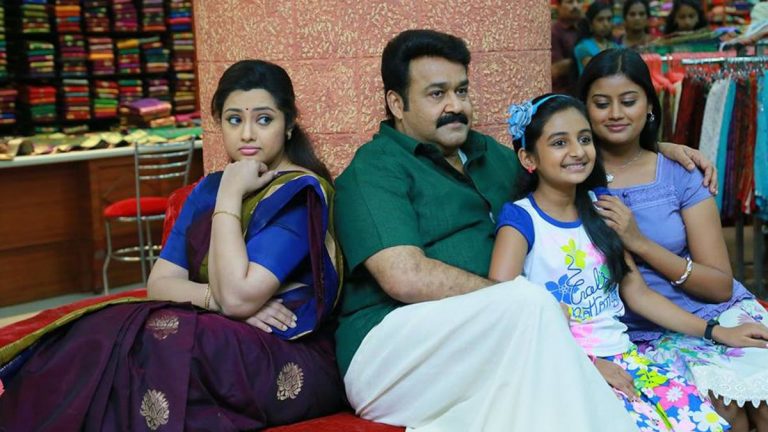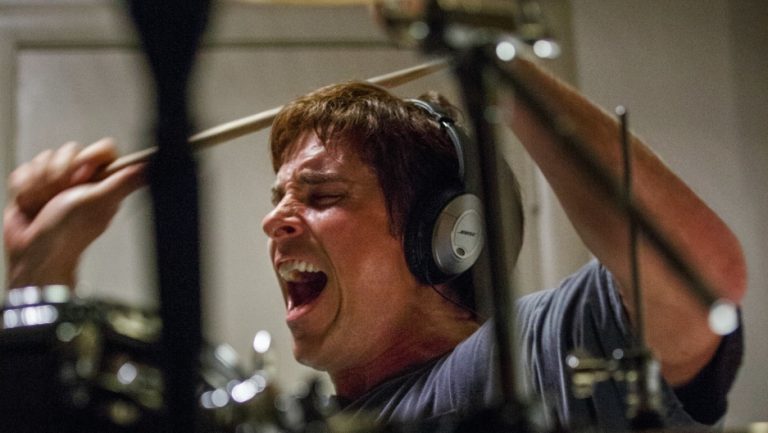Nicole Kidman came to our attention in the 1990s, first in supporting roles with her then-husband Tom Cruise and then as a striking, distinctive leading lady in some of the era’s most enduring cult classics. In the new millennium, the Academy Awards came calling to give some long-overdue recognition to her skillset (she won for “The Hours” in 2002). Anyone would forgive her for resting on her laurels thereafter as she approached middle age, but not Nicole.
A year later, she appeared in Lars von Trier’s avant-garde drama “Dogville,” and from there, has continued to make it a mission statement to work with some of the most fascinating filmmakers in the world – Jonathan Glazer, Park Chan-wook, Yorgos Lanthimos; at the height of her fame, she took a year out to work with Stanley Kubrick. That’s before we even mention her fruitful and admirably frequent collaborations with female directors, from the big names like Jane Campion and Sofia Coppola to the sorely underrated ones such as Suzanne Bier and Karyn Kusama. The magic of Kidman is that she elevates any movie she’s a part of, but more often than not, she doesn’t have to, thanks to her brilliant taste when it comes to deciding her projects.
Weeks after the AFI celebrated her with a richly deserved lifetime achievement award, we’re going to do much the same as we rank her ten greatest films. There are movies that didn’t even make this list that would rank among the greatest from any other performer, and the list contains several of the best films of the past few decades.
10. The Portrait of a Lady (1996)
For the uninitiated, Henry James was an American author whose prose was known for its cold, impenetrable complexity. Sentences wind over the page, and the stories can appear unyielding to the untrained eye. Suffice it to say a film adaptation of the writer’s work is difficult, but if one director can be trusted, it’s Jane Campion. This version of his masterpiece, “Portrait of a Lady,” excels by focusing on Kidman’s virtuoso performance as Isabel Archer. Again, the actress portrays a woman of moral fortitude at odds with the corruption surrounding her.
As Archer comes into wealth, Campion’s camera delivers a lush portrayal of the late 19th century, replete with ornate sets and costumes. There’s a rich, painterly quality to the visual language that will be familiar to fans of Campion’s more established works like “The Piano” or “Power of the Dog.” Also unsurprising for any fan of Campion’s oeuvre is the feminist themes that are the backbone of her vision. James’s novel is about class and time and how gender norms exacerbate the social constraints imposed by money. In Kidman’s scenes opposite John Malkovich (in one of his best performances), these dramatic themes are clearly delivered, and the beating heart of Campion’s adaptation becomes pulsating and palpable—an often overlooked gem from a director and actress at the top of their respective games.
Where to Watch:
9. The Others (2001)
This chilling psychological horror film from Spanish auteur Alejandro Amenábar takes the classic ghost story and adds an ingenious conceit: Grace’s (Kidman’s) children are sensitive to light. There is a narrative reason for much of the film to take place in darkness. The director and his DP do an excellent job lighting scenes with candles, making striking images that stand out in the dark, and portraying the vast, bleak, rural beauty of post-war Jersey. Inside the house or outside, the atmosphere is ominous and eerie, isolated, and has no obvious escape in sight.
Like many Nicole Kidman characters, Grace is a woman beset by insurmountable problems both in looking after her children and combating the ghostly presence that is tormenting her house. While conveying strength in seeking solutions, she also burns with empathy, which is visible through her body language and dialogue delivery. Also worthy of praise is her stilted chemistry with Christopher Eccleston, an underrated British character actor playing her husband. The strength of her performance and box office draw of her star power were evident in lifting this artsy (technically Spanish) horror movie to great heights at the box office, earning over $200 million.
Where to Watch:
8. The Beguiled (2017)
Another highlight from Kidman’s prolific 2010s, “The Beguiled,” is another magnificent film whose reputation has been sullied by the director’s more famous outings. For those seeking the Sofia Coppola aesthetic as advertised on social media, her remake of this ‘70s Clint Eastwood movie may underwhelm, but a look under the surface reveals one of her most layered and thoughtful explorations of the patriarchy and how gender dynamics influence psychology. Kidman stars, alongside Colin Farrell and Coppola regular Kirsten Dunst, as the head teacher of an all-girls boarding school whose idyll is disrupted by the presence of a wounded Civil War soldier.
Related to Nicole Kidman’s Movie Performances: The 20 Best Women-Directed Films Of 2017
Kidman’s character is a foreboding and manipulative woman whose motives are unclear, the kind of complex role she specializes in. The setting and tone suggest a flirtation with Southern Gothic fiction, which is unfamiliar terrain for both director and star but one they take with confidence. The direction is a masterclass in a one-location shoot: the ornate country house where the action takes place feels effectively claustrophobic, but there’s always enough space for the actors to move around and express themselves. The film’s poster can give you a decent idea of how ingenious the ensemble staging is, with Kidman standing tall over the soldier with icy resolve. It’s one of her best physical performances in particular and a key component in one of Coppola’s best movies to date.
Where to Watch:
7. Babygirl
Halina Reijn’s erotic drama has its finger on the pulse, engaging in very modern conversations about gender roles, age-gap relationships and so-called ‘girlboss’ feminism. Central to its appeal is two magnetic performances at its core: one from the up-and-comer Harris Dickinson as a seductive young intern, the other, of course, from Kidman as the millionaire Romy. Kidman’s performance skilfully conveys power and vulnerability as sides of the same coin. Behind every powerful CEO there is an insecurity, heightened in Romy’s case by the sexual and professional standards which women over 50 are held to.
The movie’s frank depiction of complex sexual dynamics gave it an instant online following. Reijn’s previous film Bodies Bodies Bodies established her credentials as an incredibly current kind of director, exemplified by the use of instantly meme-able images in Babygirl. It can be at the plot’s detriment, restricting the viewer’s feel for the passion between the characters, but feels perfectly synchronised with the milieu these characters inhabit. These aren’t bad people exactly, but they are trapped in an environment which rewards cynicism rather than earnestness. This central conflict finds its beating heart in Kidman’s performance, which should have earned her another long-overdue Best Actress nomination.
Where to Watch:
6. Birth (2004)
If I were to describe Jonathan Glazer’s “Birth,” I would probably say something like “a Luis Buñuel premise directed by David Fincher,” which makes sense considering it was co-written by Buñuel’s collaborator Jean-Claude Carrière and shares a cinematographer with “Zodiac” and “The Game.” Indeed, Glazer’s bold approach to this high-concept thriller on grief and reincarnation is to play it straight and portray the often harrowing drama of a family drawn into a surreal situation who must roll with the punches.
Kidman is Anna, newly engaged to her fiancee Joseph (played by an equally excellent Danny Huston) but still grieving the death of her husband ten years prior. When an eerie, forthright young boy enters her apartment claiming to be her husband reincarnate, a series of events is triggered through which the notion of eternal love can be explored. Glazer has said that he formed the idea for the movie as a kind of modern fairytale, and he certainly doesn’t flinch when it comes to surreal and uncomfortable details within the fantasy. One scene in particular where Kidman and the boy share a bathtub together drew controversy at the time; in fact, the film itself was received poorly before its re-evaluation a decade or so later. Watched today, Glazer’s vision is crystal clear, and “Birth” is a chilling and emotionally impactful drama anchored by Kidman’s evocative, heartbreaking performance.
Where to Watch:
5. Moulin Rouge (2001)
Baz Luhrmann’s best films utilize his trademark visual razzle-dazzle and directorial exhibitionism to tell the simplest of stories and convey the bluntest truths. “Moulin Rouge,” then, is basically a love story, an old-fashioned musical where two charismatic leads are drawn together through song and spectacle. Channeling influences from Broadway, Burlesque, and the avant-garde, Luhrmann’s tale of romance in the iconic Parisian cabaret is one of cinema’s most exhilarating experiences. More than any other Luhrmann, there is a method and meaning to his madness, and the hyperactive filmmaking effectively illustrates the buzz of falling truly in love.
Of course, this wouldn’t be effective without the magnetic presence of Nicole Kidman at the center, at once the alluring presence on the cabaret stage and the vulnerable and empathetic human being off of it. Her chemistry with Ewan McGregor is palpable, often hilarious, and always touching. The scenes between them provide Luhrmann with a focus and emotional beating heart that often eludes his weaker efforts. Rather than inducing a headache, the razzmatazz of “Moulin Rouge” warms the heart and exhilarates the pulse. Kidman’s electrifying leading role earned her a first Oscar nomination and was also crucial in developing her renewed public image after a highly publicized divorce from Tom Cruise.
Where to Watch:
4. The Hours (2002)
A year after “Moulin Rouge,” this innovative drama was what eventually won Kidman her Oscar, famously donning a prosthetic nose to portray legendary novelist Virginia Woolf. Stephen Daldry’s film juxtaposes Woolf’s struggles to write her novel “Mrs. Dalloway” with a mid-century housewife (Julianne Moore) and a bereaved modern-day career woman (Meryl Streep). David Hare’s screenplay explores the connections between the three storylines without resorting to cliches. The similarities are simply there for the viewer to observe in regards to how these women cope with mental health, ennui, and their relationships with men.
The drama is, of course, powered by three extraordinary performances by impossibly talented actresses, but Kidman stands out as the true revelation. Taking on the role of Virginia Woolf, a novelist whose intellectualism made her impenetrable to some readers and biographers, was always going to be difficult. Yet, Kidman has never strayed from a challenge and both physically and emotionally morphs herself into the character. She drags Woolf from the annals of history; her struggle for emancipation and creative freedom is alarmingly contemporary and provides the ideal backdrop for Moore and Streep’s travails. A special mention also to the wonderful music of Philip Glass, who imbues the film with a haunting soundscape that would later inspire an opera of the same name.
Where to Watch:
3. Dogville (2003)
One thing that separates Kidman from her peers is her choice of projects. After two Oscar nominations in as many years and a worthy win for “The Hours,” the actress was on top of the world. Yet, she continued to take on challenging and brazenly uncommercial projects such as “Dogville.” Not only does “Dogville” come from the mind of Lars von Trier, the iconoclastic and often controversial Danish director, but it is also a Brechtian deconstruction of the cinematic form in which a small town is presented as a barren soundstage with just lines and marks to distinguish the buildings. The ambitious formal conceit of the movie is a logical development of Trier’s work with the Dogme 95 collective, where he and his compatriots attempted to eschew the artifice of contemporary film with a series of rules.
Instead, “Dogville” acknowledges that cinema cannot exist without artifice and is a revelation by drawing attention to the fact. Of course, “Dogville” would be an arthouse curio rather than an enduring modern-day classic if it weren’t for the quiet resilience and strength of Kidman’s performance as Grace. She seeks refuge in the titular small town and brings a genuinely captivating intensity to her desperation. In typical von Trier fashion, her character endures unimaginable hardship throughout yet maintains an intangible sense of dignity and pride. It’s hard to watch but impossible to look away, the perfect cocktail of director and star and a masterpiece of the accessible avant-garde.
Where to Watch:
2. Eyes Wide Shut (1999)
Another bold decision Kidman made at the height of her fame was to decamp with her then-husband Tom Cruise and legendary director Stanley Kubrick to London for a mammoth 400-day shoot. The result was “Eyes Wide Shut,” among the most polarising and now celebrated films in the great man’s oeuvre. It is a beautifully shot and wonderfully acted exploration of gender mores and sexual politics.
The charge of the film takes a lot from Cruise and Kidman’s real-life relationship: Cruise has a smiling demeanor and is impossibly handsome but also a paranoiac drawn into the orbit of a mysterious masked cult. Kidman, meanwhile, is more grounded and frank about her sexual prowess and commanding the screen over her male counterparts. In an early set piece, she seduces then spurns a potential suitor while her husband struggles to fend off two models across the hall, a crucial contrast to open the movie and lay the groundwork for the sexual politics Kubrick will spend the next two hours exploring. “Eyes Wide Shut” isn’t for everybody, but those willing to embrace its moments of high camp will be enthralled by the unfurling mystery and eroticism. There’s a lot to chew on, and Kidman is in peak form, embodying many facets of a complex femininity.
Where to Watch:
1. To Die For (1995)
If there’s one image of Nicole Kidman that I would enter into the canon of film history above all else, it would be her as the wannabe news reporter Suzanne Stone in Gus van Sant’s “To Die For.” Her performance is so instantly iconic with her affected accent and line delivery, tight dress, sunglasses, and her pet dog in her handbag that it seems both of its time and ahead of its time. The screenplay (from the legendary Buck Henry) was a product of the 1990s when the steadfast career woman was a source of serious moral panic. Yet, Suzanne Stone’s ruthless narcissism also appears to anticipate the rise of 21st-century ‘girl-boss feminism,’ in which individual glory is prized over solidarity with either gender.
Fittingly, Kidman as a performer rules over the screen here, sensual and sinister in equal measure. Her husband, a likable schmuck played by Matt Dillon, is easily won over by her good looks and coquettish attitude before becoming a pawn in her game. Similarly manipulated is Joaquin Phoenix in his first great performance as a disaffected and horny high school student who ends up doing Suzanne’s bidding. Progressing the story along are various novel, postmodern, and quintessentially ‘90s stylistic devices. One such device is letting Stone’s parents and in-laws narrate some of the action from an in-universe television show, a smart illustration of how life stories are framed by their presentation in their media. For Kidman, who had already spent most of her life in the public eye, the message must have truly resonated, and it resulted in her greatest performance to date in this undisputed cult classic.

